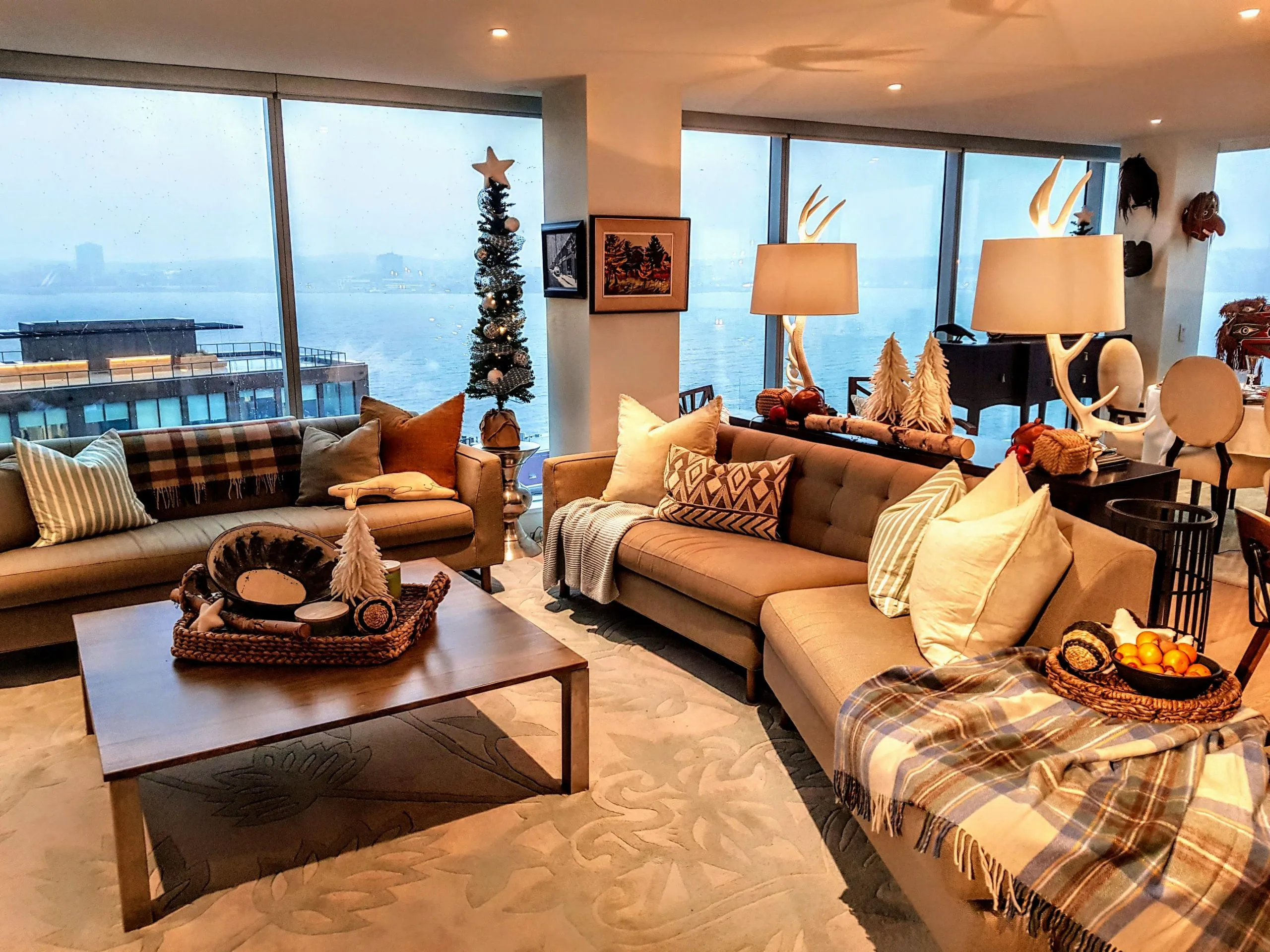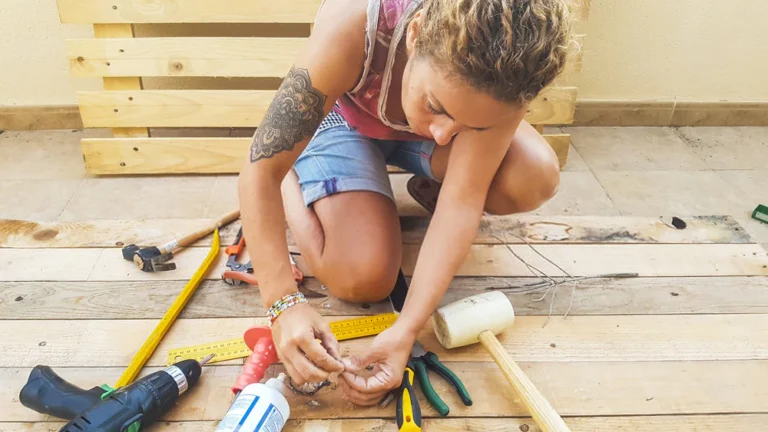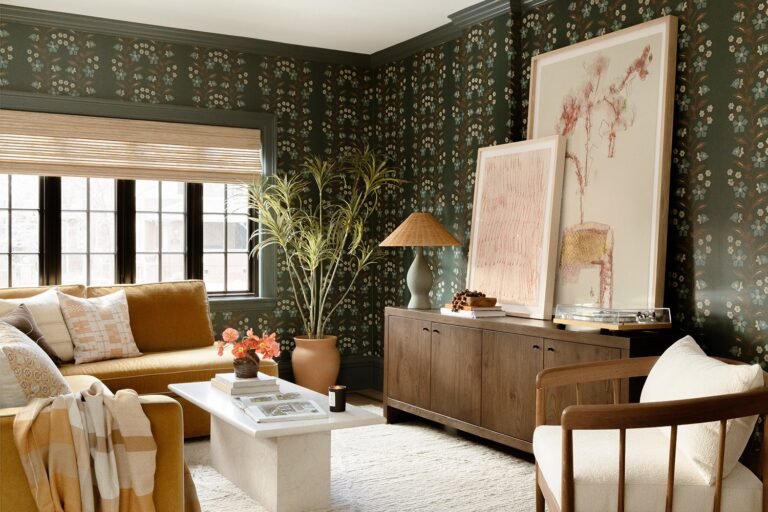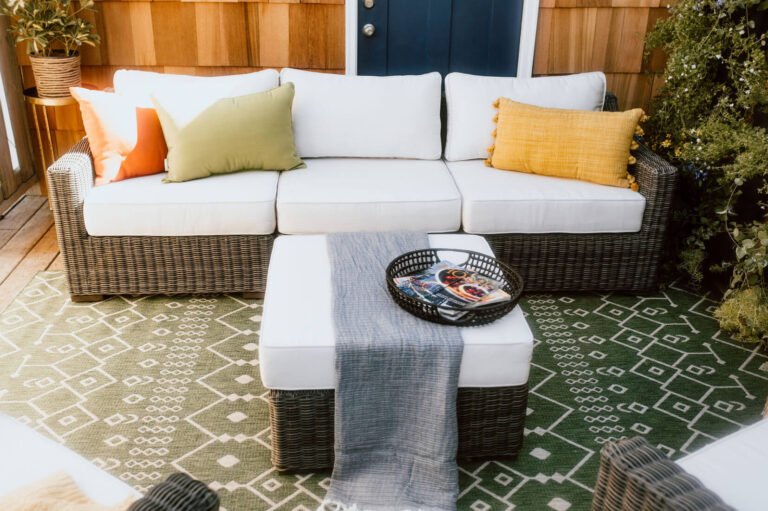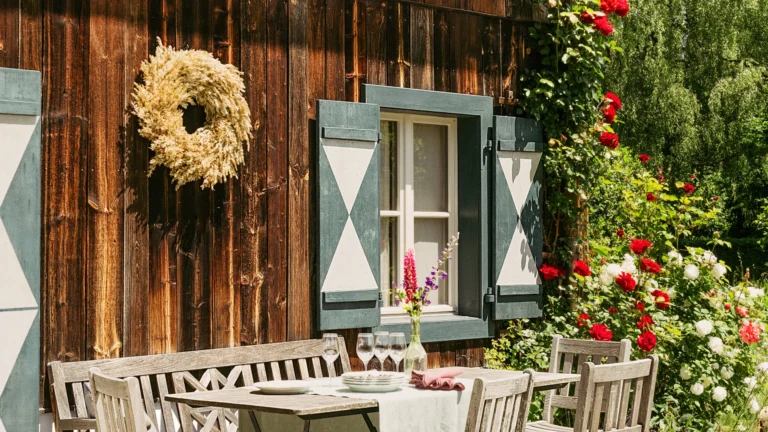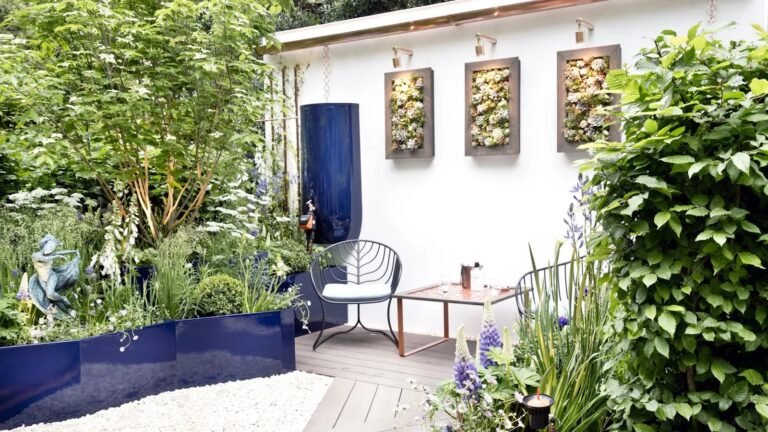Minimalist Home Styling: Less Is More
Minimalist home design has become incredibly fashionable recently, and that’s no coincidence. With life becoming increasingly hectic and with more and more distractions, many people strive for a more relaxed and focused lifestyle. Those who choose a minimalist home believe in the maxim “less is more.” The theory of minimalist design strives to create spaces that are both beautiful and practical, while simultaneously promoting an atmosphere of calm, clarity, and clarity. This article covers the benefits of minimalist design, how to use it at home, and how “less” is more.
What is the art of minimalist interior design?
Decorating your home with minimalism is more than just a trend; it’s a lifestyle. This design philosophy is based on the concept of simplicity, emphasizing practicality, clean lines, neutral colors, and fewer unnecessary elements. Minimalism advocates removing unnecessary elements to emphasize the most essential ones. This often results in a clean space that exudes a sense of calm and clarity.
Minimalist homes prioritize what truly adds value, so they often feature open floor plans, abundant natural light, and soft colors. Every piece of furniture and decor is carefully selected for a specific purpose, meaning every part of the room is thoughtfully designed. When used correctly, minimalist design can transform any home into a serene oasis.
Benefits of Minimalist Interior Design
A minimalist home has many benefits, including increased usability. Eliminating unnecessary items helps you focus on what matters most. Every item in your home has a purpose, so there’s no wasted space. This makes your spaces more organized and easier to maintain. Think of it as building a house, where every room and item has a specific purpose.
Another benefit is increased peace of mind
A minimalist home is relaxing because it removes unnecessary items, making the space more aesthetically pleasing. Research shows that clutter can increase stress and anxiety, so a simple design can help create a calmer space. Numerous studies have shown that people who live in clean and tidy spaces are happier and less stressed.
Moreover, minimalist spaces are easier to keep clean and in good condition. In most cases, these spaces have less furniture, artwork, and countertops to maintain. The clean lines of minimalist spaces also reduce dust and dirt. If you prefer a simpler life or have a busy schedule, minimalism can make it easier to keep your home clean.
Furthermore, eco-friendly design is often an integral part of minimalist design. People who own less stuff are often more selective about what they bring home and prioritize quality over quantity. This helps people use less and throw away less, which is a crucial part of an eco-friendly lifestyle.
How to Create a Minimalist Home Style
A simple color scheme is often central to minimalist design. Muted colors like white, gray, and brown are often used in minimalist spaces, creating a calming, uncluttered atmosphere. These base colors create a soothing and peaceful backdrop for other furniture and decor. They also brighten the space and create a sense of space, which is especially practical in smaller homes.
In a minimalist home, no piece of furniture or décor is chosen haphazardly. The minimalist design philosophy encourages people to spend less on quality items instead of filling a space with unnecessary items. This means choosing a comfortable sofa instead of a bunch of small chairs, or a single striking piece of art instead of a cluttered pile of prints.
Most minimalist homes feel light and spacious, with plenty of room to move around. The placement of furniture and storage is carefully designed to achieve this. People try to avoid oversized furniture and opt for open shelving instead of closed cabinets whenever possible.
A key element of minimalist architecture is natural light
Strategic use of light curtains, large windows, and mirrors can bring more natural light into a room, creating a more spacious and welcoming feeling.
Cluttered countertops, tables, and floors can disrupt the tranquility of a minimalist home. The goal of minimalist design is to minimize the amount of surface material. This doesn’t mean removing all personal touches from your home, but rather simplifying what you have. A few carefully chosen decorative items, such as a planter,
You can throw these items away, sell them, or give them away. By clearing out excess items, you’ll get a clearer picture of what your room truly needs.
When adding new furniture or decorative items, choose classic, practical, and well-made pieces. For example, a simple chair with straight lines or a sturdy wooden coffee table.
Make sure every item in your home has a purpose. Some furniture, such as a sofa bed or a coffee table with storage, can help you save space and increase your efficiency.
Reduce the number of items on shelves, counters, and tables. Display only those items that truly enhance the room, whether they are practical or simply beautiful.
Stick to basic colors for walls, furniture, and other decorative items to create a soothing atmosphere. Feel free to add a few pillows or a rug for a pop of color, but keep the main color palette simple.
